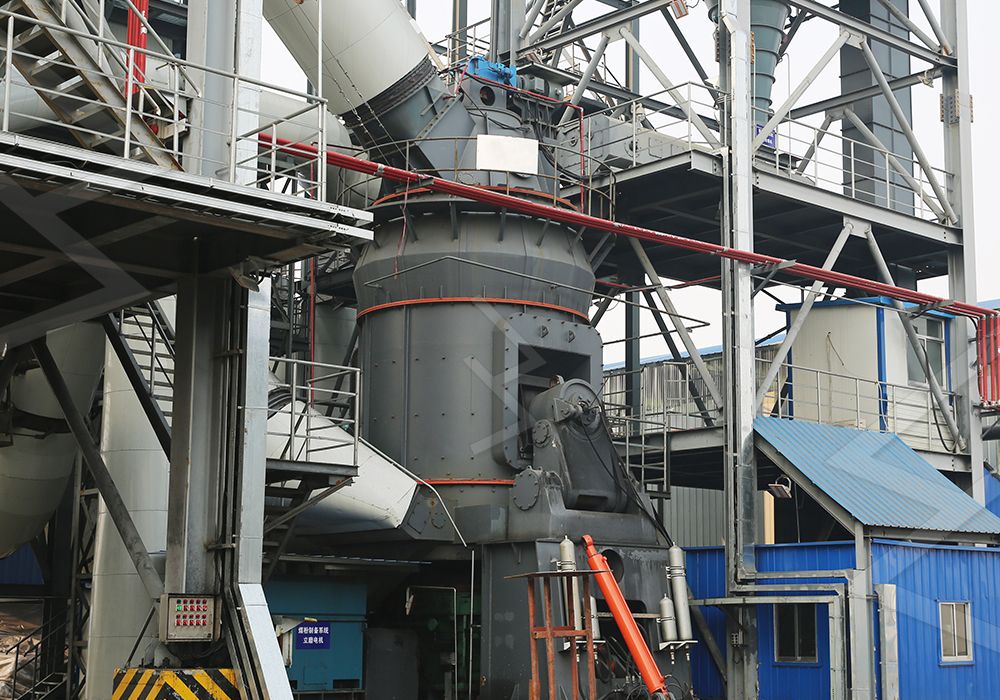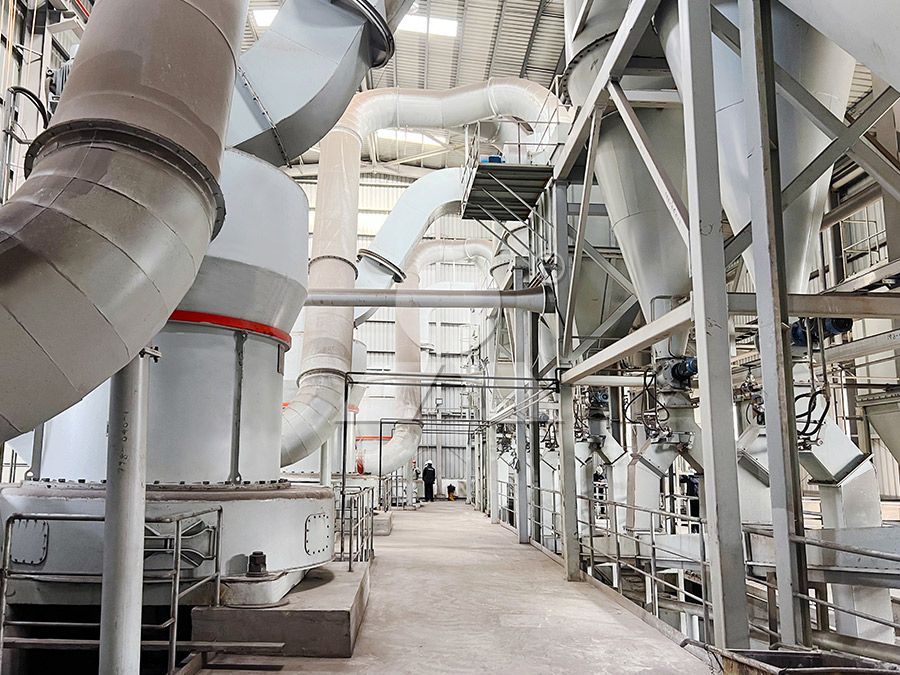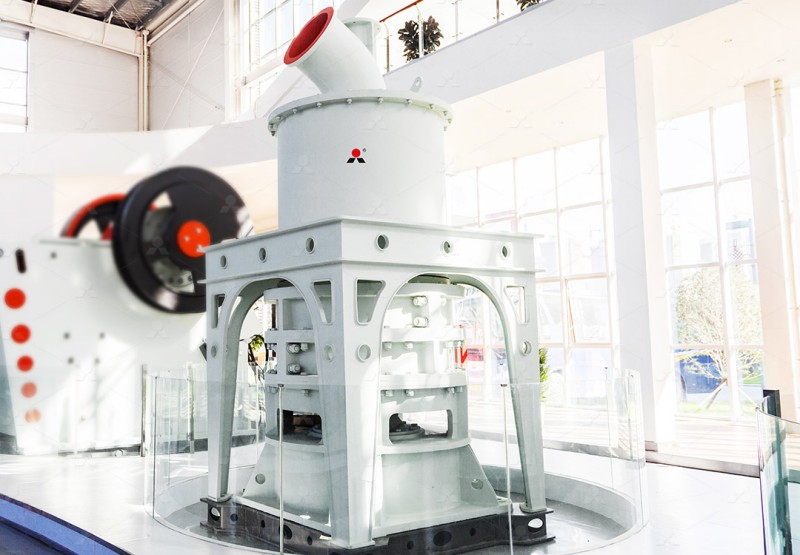Used Sturtevant Simpactor Vertical Mill: Operation and Maintenance Guide
Introduction to the Sturtevant Simpactor Vertical Mill
For operations relying on particle size reduction, the Sturtevant Simpactor Vertical Mill has been a workhorse in various industries. Known for its centrifugal pin mill design, it utilizes impact grinding to reduce materials to fine and uniform powders. This guide provides essential operational and maintenance insights for facilities continuing to use this robust equipment.

Key Operational Principles
The Simpactor’s operation revolves around a vertically mounted rotor assembly equipped with pins that rotate at high speeds. Material fed into the top of the mill is accelerated outward by centrifugal force, impacting stationary pins lining the chamber walls. This repeated impact and inter-particle collision result in size reduction. Key to efficient operation is controlling the feed rate to match the mill’s capacity, ensuring optimal particle-on-particle impact without overloading the system.
Routine Maintenance Checklist
Consistent maintenance is crucial for longevity. Daily checks should include visual inspections for unusual vibrations or noises, verifying lubrication points, and checking drive belt tension. Weekly, inspect the pin mill components for wear, as worn pins reduce grinding efficiency. The mill’s internal lining should be examined monthly for erosion. Always follow lockout-tagout procedures before any internal inspection.
Common Operational Challenges and Solutions
Users often face issues like reduced throughput or inconsistent fineness. This is frequently traced to worn pins or rotor/stator clearances exceeding tolerances. A systematic approach—checking feed consistency, inspecting wear parts, and verifying air classifier settings (if equipped)—usually identifies the root cause. Ensuring the use of genuine or high-quality replacement parts during rebuilds is critical for restoring performance.

Modernizing Your Grinding Process
While the Sturtevant Simpactor is a capable machine, operations requiring higher efficiency, finer powders, or more advanced control systems should consider modern alternatives. For applications demanding ultra-fine powder between 325-2500 meshes, our MW Ultrafine Grinding Mill represents a significant technological leap. It operates without rolling bearings or screws in the grinding chamber, eliminating common failure points and enabling 24-hour continuous operation with external lubrication. Its efficient pulse dust collector ensures an environmentally friendly process, a key concern for modern facilities.
For operations focused on non-metallic minerals, pulverized coal, or slag, the LM Vertical Grinding Mill integrates crushing, drying, grinding, and classifying into a single unit. It reduces the occupied area by 50% compared to ball mill systems and saves 30%-40% in energy consumption. Its stable operation under negative pressure and expert-level automatic control system make it a superior choice for high-volume production.

Frequently Asked Questions (FAQ)
What is the most critical daily check for a Sturtevant Simpactor?
The most critical daily check is for unusual vibration or noise, which can be early indicators of imbalance, bearing issues, or foreign object ingress. Immediately investigating and addressing these signs can prevent catastrophic failure.
How often should the grinding pins be replaced?
Replacement frequency depends entirely on the abrasiveness of the processed material. For highly abrasive materials, inspect pins every 2-3 weeks. For less abrasive materials, a monthly inspection may suffice. Always replace pins in matched sets to maintain balance.
Can the Simpactor handle heat-sensitive materials?
Yes, the Simpactor’s air-cooled design can handle many heat-sensitive materials. However, for extremely sensitive applications, a mill with more precise temperature control, like our MW Ultrafine Grinding Mill with its optimized air flow, may be more suitable.
What is a key advantage of modern mills like the MW series?
A primary advantage is the elimination of internal rolling bearings and screws, which are common maintenance points. This design, combined with external lubrication, allows for worry-free 24/7 operation and significantly reduces downtime.
